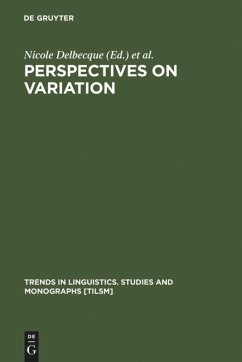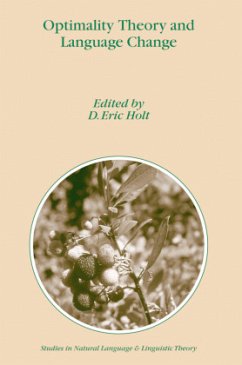
Diachronic Syntax
Versandkostenfrei!
Versandfertig in 1-2 Wochen
66,99 €
inkl. MwSt.
Weitere Ausgaben:

PAYBACK Punkte
33 °P sammeln!
This book shows how the generative approach to linguistics may be used to understand how languages change. Ian Roberts explains how generative theory can throw light on central questions in historical linguistics, including word-order change, grammaticalization, and reanalysis. He examines the links between syntactic change and first-language acquisition and considers the effects of language contact. He provides numerous examples from a range of different languages,guides to further reading, and a comprehensive glossary. This is the ideal textbook introduction for students of syntactic change.














